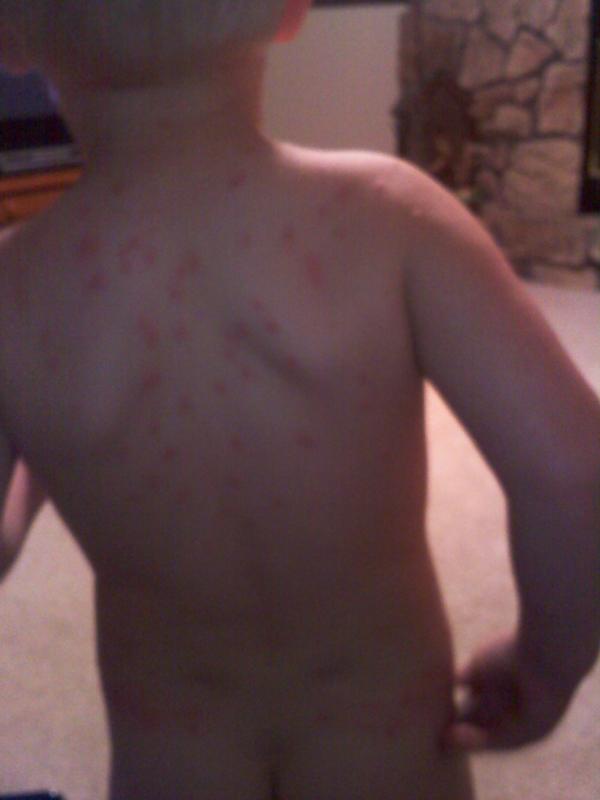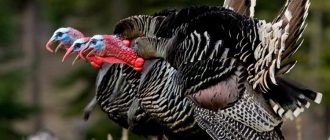Want to know what turkey mites are? Read on to find out how to tackle turkey mites…
Turkey mites are basically small and undeveloped ticks found in nature. They are generally found on the bodies of wild turkey or deer. When they make contact with human skin it becomes a very grueling and painful procedure to find them and remove them.
Every time you step out into your yard you need to be prepared with bug spray and tick spray to ward off these critters from your skin. It’s very important to figure out whether you have been bitten by a turkey mite. The rash that you get is similar to the breaking out of poison ivy, but without the blisters.
The most interesting thing about a bite from the turkey mite is that the patches randomly appear all over the body with no connection to the first batch that appears. The good thing about the rash is that it’s not contagious and you cannot transfer it to other people. However, it’s a good idea to soak your bedding and towels in hot water to relieve any further sensitivity of the skin.
How to Deal With Turkey Mite Bite
A good idea is to obtain some anti-lice shampoo and wash your skin with it. Apart from that, you can take a shower with a mixture of water and apple cider or a mild and diluted version of bleach and water. If you have recently been in the woods or outside on the porch and are prone to getting turkey mites on your skin, then it is a good idea to randomly do this whenever you come back inside the house.
Description of the Turkey Mites
These ticks are immature nymphs and start propagating early in the summer when female ticks lay thousands of eggs on the ground. It’s very easy to pick up the larva on your clothing if you are standing near the site of eggs. You can catch more than a hundred pin head larva in one go. They are 6 to 8 legged insects and propagate actively from July to October. They sit on low-lying vegetation with their legs stretched out to grasp any passing human or animal.
This is followed by a search for a feeding zone, which is the flesh of the host. While a tick feeds you can get an irritating rash on the location even after it has been removed. It is very important to use bug repellent and clothing repellents that allow you to move easily in the outdoors which is populated heavily with turkey mites.
The pincers on their mouths are known as chelicerae and they have two protruding appendages on the corners of each mouth that are called pedipalps. Interestingly enough, Turkey mites do not have any antennae. They have one large body segment and at the immature stage may have six legs, but when they reach full maturity they have four pairs of legs. They are very small in size; from approximately 1/10 of an inch to the largest one can grow up to be one fourth of an inch.





